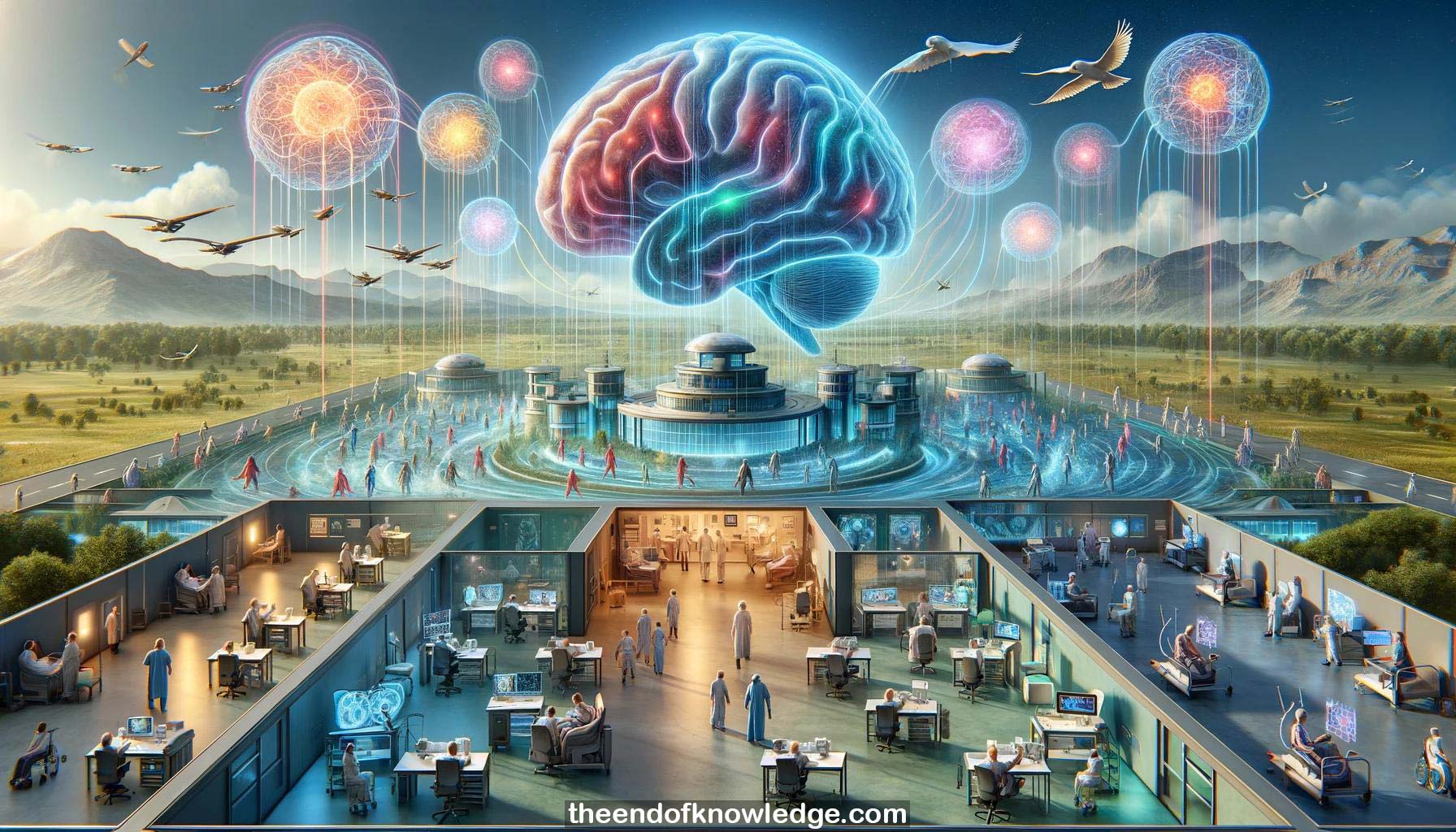 >
>
Concept Graph & Resume using Claude 3 Opus | Chat GPT4 | Llama 3:
Resume:
1.- G.Tec has headquarters in Austria and offices worldwide, treating stroke and MS patients with BCI neurorehabilitation.
2.- Over 30,000 treatments done in Schiedlberg. G.Tec also has 15 research projects using BCI technology.
3.- Video shows a patient regaining hand function after BCI treatment, which the patient is very happy about.
4.- Motor imagery of left or right hand causes ERD over contralateral sensorimotor cortex. Electrode placement is critical.
5.- RecoveriX uses 16 EEG electrodes, avatar instructions, and FES to have patients do 240 motor imaginations per 45-min session.
6.- Historical experiments by Danut used 64 EEG channels to investigate electrode placement. Hand movement improved dramatically.
7.- Hebb's plasticity principle underlies RecoveriX training - "neurons that fire together wire together". 25 sessions recommended.
8.- 38-year-old female stroke patient couldn't work as hairdresser. After 5-6 RecoveriX sessions, fine motor skills greatly improved.
9.- She could return to work as hairdresser and open her own studio after 31 RecoveriX sessions. Life-changing improvement.
10.- 79-year-old male, 4 months post-stroke, right hand affected. 25 RecoveriX sessions greatly improved hand function.
11.- Fugl-Meyer score improved 5 points, 9-Hole Peg Test time reduced from 1 min to 35 sec. Almost normal.
12.- Video shows smooth, natural hand movements after RecoveriX compared to impaired movements before. Dramatic change.
13.- Side effects of RecoveriX include reduced pain, better concentration, memory, bladder control. No negative side effects.
14.- 53-year-old male, 11 months post-stroke, right hand severely impaired (Fugl-Meyer 25 pts). After RecoveriX, moderate impairment (46 pts).
15.- Couldn't do 9-Hole Peg Test for 17 sessions. Then from 10 min to 2:53 min in 7 sessions - 359% improvement.
16.- BCI classification accuracy improves across sessions. Patients very motivated. 99% accuracy in one patient, higher than healthy controls.
17.- G.Tec does 29 assessments to objectively track recovery progress, including EEG, sensation testing, dexterity tests, ADLs, etc.
18.- MEG also used to derive brain health biomarkers. Sebastian Halder to discuss this data later.
19.- Videos show progressive improvement in 9-Hole Peg Test across RecoveriX and 6-month follow-up. 18 hours of training life-changing.
20.- 56-year-old female, 3 years post-stroke, left side affected. Improved from severely to mildly impaired on Fugl-Meyer after RecoveriX.
21.- 9-Hole Peg Test not possible for 17 sessions, then from 13 min to 2:53 at end. Dexterity improved 359% in 5 hours.
22.- 54-year-old female, left side affected 30 years prior. Dexterity, ADLs, tremor, spasticity all improved after RecoveriX.
23.- Fugl-Meyer Upper Extremity improved 20 points from severely to moderately impaired. Sensory function almost normal by 6-month follow-up.
24.- RecoveriX leads to further improvement after formal treatment ends as patients use limbs more in daily life. Brain is healthier.
25.- Treatment benefits maintained long-term as measured 6 months later. Functional gains allow return to work and normal life.
26.- RecoveriX taps into neuroplasticity - surviving neurons make new connections to compensate for damaged areas. 3000 repetitions critical.
27.- Treatment causes a and ß ERD in both lesioned and healthy hemispheres, indicating reactivation of damaged sensorimotor areas.
28.- Motivation is key - patients eager to come to therapy as they see daily improvements. Video games increase engagement.
29.- Effective treatment time is ~18 hours, spread over 25 sessions. This concentrated practice induces lasting neuroplastic changes.
30.- Multi-modal assessments critical to prove efficacy. RecoveriX improves impairment, function, ADLs, quality of life in chronic stroke.
Knowledge Vault built byDavid Vivancos 2024